Live. Magazine

Travels in medicine
Fighting Leishmaniasis.
Combatting neglect in Colombia
Driven by a deep desire to facilitate access to diagnosis and neglected tropical disease treatments for rural populations in her home country of Colombia, Alexandra Cossio is collaborating with a team for a new, more accessible treatment for cutaneous leishmaniasis, a disfiguring disease that is estimated to affect up to a million people worldwide.
Text by K.E.D. Coan, photos by Bjoern Myhre.
“I knew that I wanted to do research that would contribute to solving health problems that aren’t being addressed,” said Alexandra Cossio, a clinical and community research coordinator who works at the International Center for Medical Research and Training (CIDEIM) in Cali, Colombia.
“My path to infectious disease research has been long, but today I’m working on a proposal for a cutaneous leishmaniasis treatment trial that could potentially make it possible to treat patients where they live. Around 80 percent of patients with cutaneous leishmaniasis live in remote rural areas with limited access to health services,” explained Cossio.
Alexandra Cossio
Clinical and community research coordinator, International Center for Medical Research and Training (CIDEIM) in Cali, Colombia.

The densely forested Colombian mountains are an optimal home for the sandflies that transmit the parasites that cause leishmaniasis. This disease is endemic in many tropical regions and, worldwide, the WHO estimates that there are up to a million new cases of leishmaniasis each year – the majority of which are the cutaneous form.
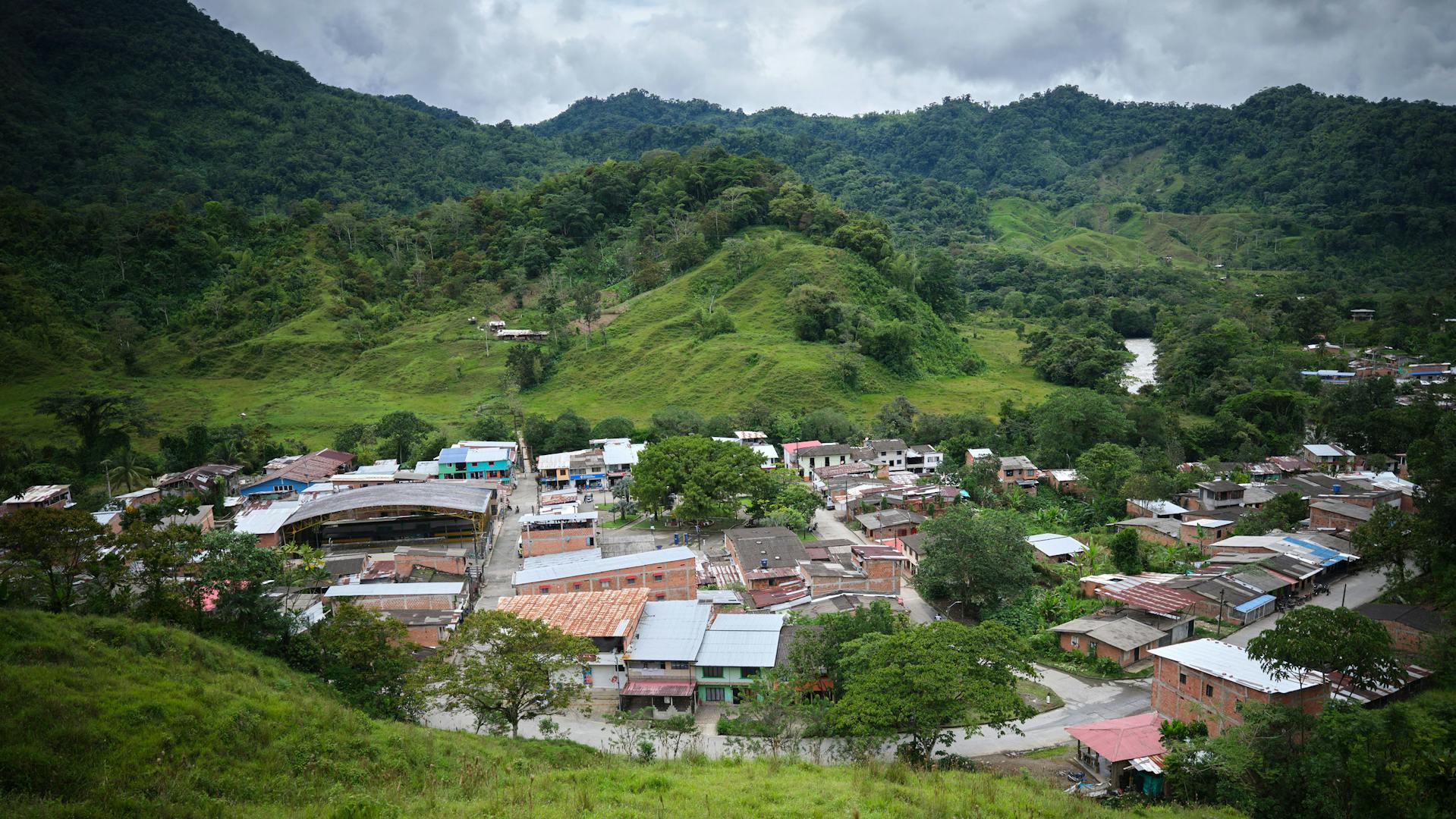
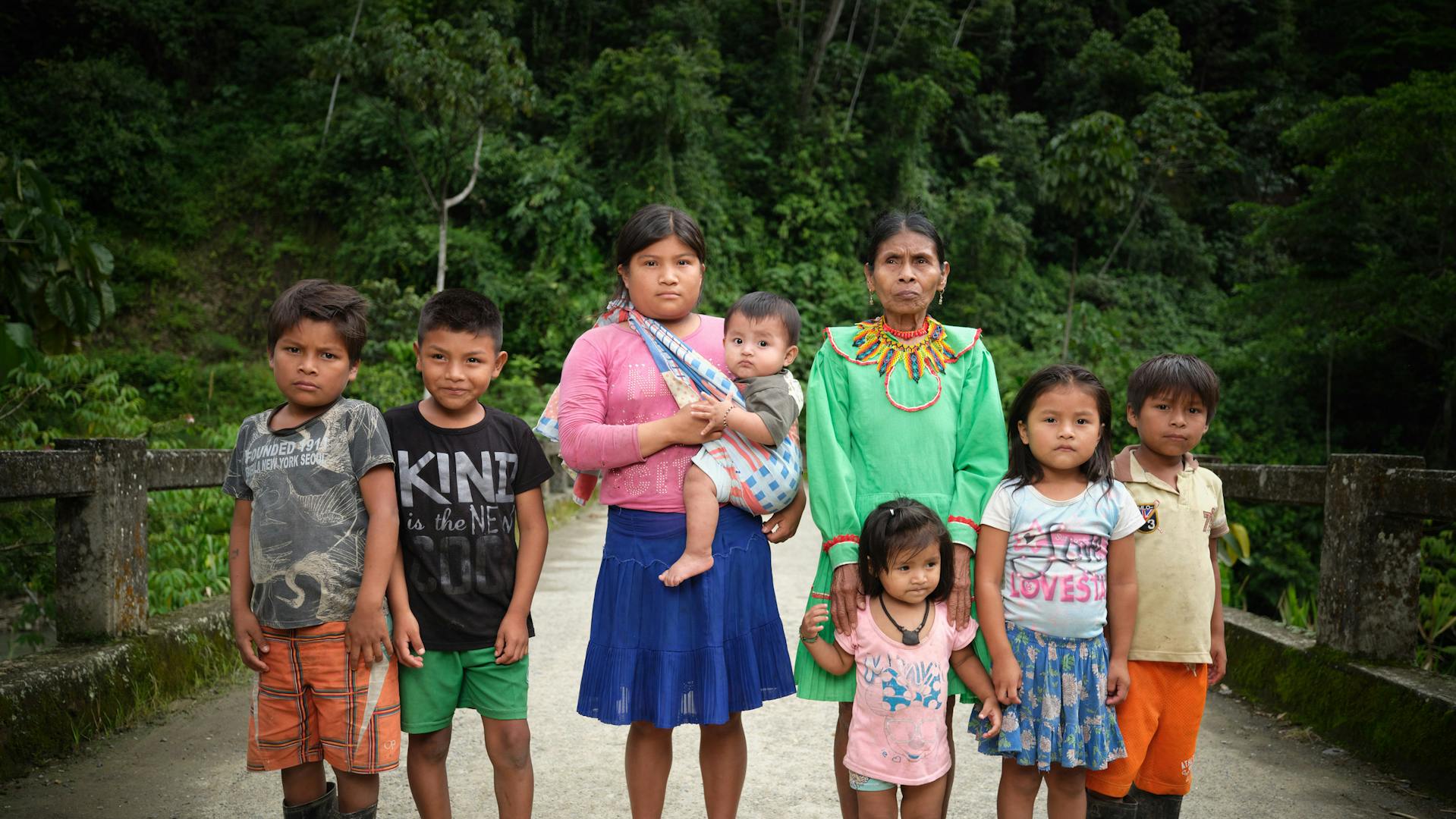
Around 80 percent of patients with cutaneous leishmaniasis live in remote rural areas.
They often have limited access to health services.
Although nonfatal compared to the visceral form of the disease, cutaneous leishmaniasis causes skin ulcers, scarring, and disability, which can lead to social stigma and hardship. There are treatments available, but the standard of care requires 20 consecutive daily intramuscular injections and six months of follow-up – all of which must be done in a hospital setting.
Because of this demanding schedule and adverse side effects of the drugs, many people only receive partial treatment, and many times the clinical response to medication is unknown.
“In Colombia, many patients must travel three to four hours to reach a clinic and it’s simply not possible for them to leave their families or their work for so much time each day,” said Cossio. “We hope that the new topical treatment that we’re planning to evaluate could make a big difference by providing an option that could be applied at home.”
“But the first step is to find the funding to get started,” she added.
In rural Colombia, medicine is a luxury almost no one can afford.
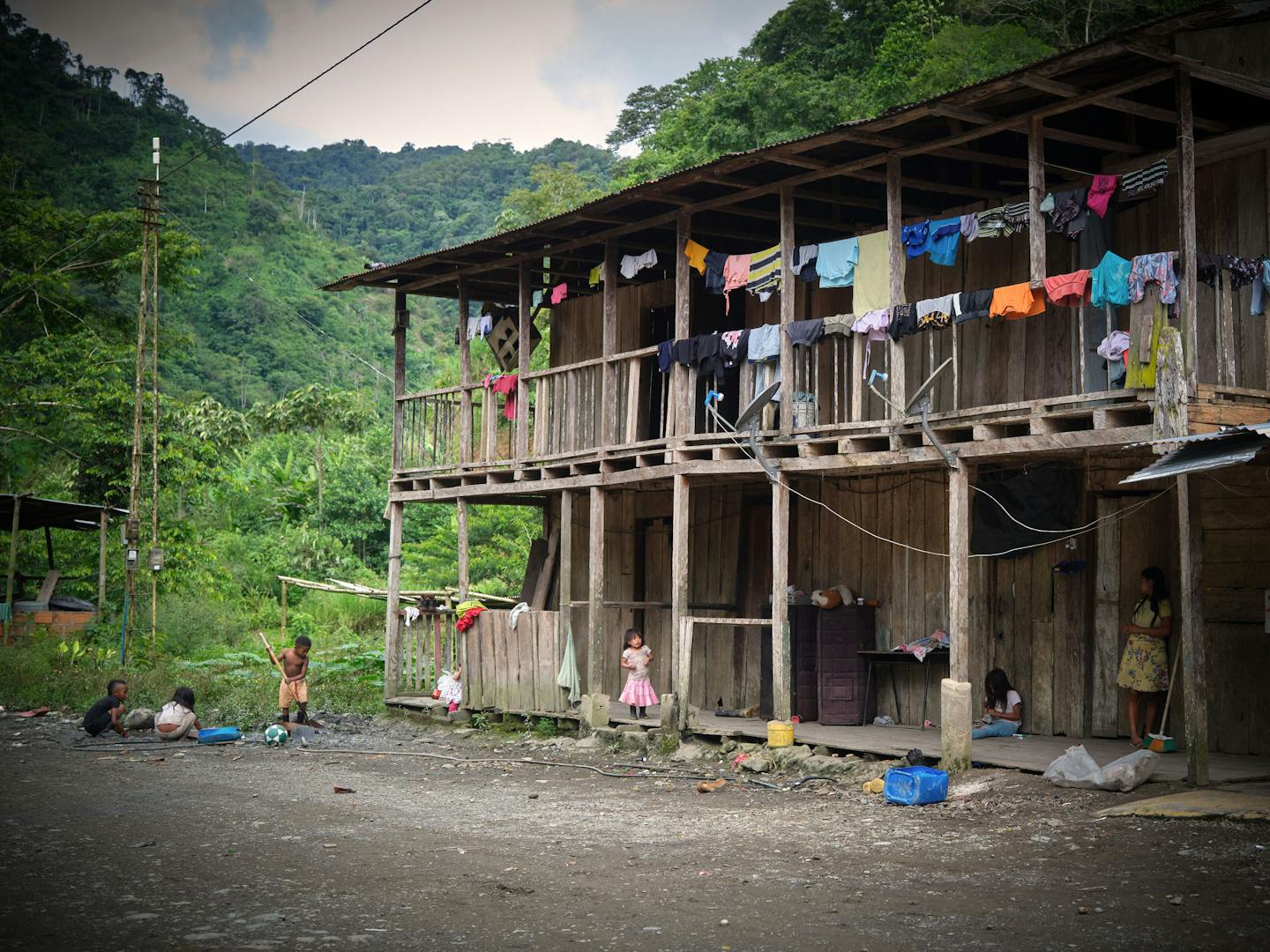
Building capabilities
Cossio and her collaborators are in the early stages of finding a sponsor for their new trial, the details of which are largely confidential. But both Cossio and the center where she works, CIDEIM, have been laying the groundwork for similar healthcare solutions for many years.
Founded in 1989, CIDEIM is an independent biomedical research center that supports research on neglected tropical diseases and helps develop the skills necessary to accomplish this. The center is also dedicated to improving healthcare for underserved populations in rural Colombia, where poverty, poor infrastructure, population displacement, geography, cultural differences, and a distrust of modern medicine are all barriers to healthcare access.
Cossio and her collaborator at CIDEIM, an independent biomedical research center that supports research on neglected tropical diseases.

Cossio has spent the last 12 years working at CIDEIM, but her career began in a field quite distant from both infectious diseases and research.
“Early in my career, I worked as a nurse in a newborn intensive care unit,” recalled Cossio. “But there weren’t many opportunities to work on finding new solutions for health problems and I was really motivated to move to research where I could help discover and develop new treatments and other healthcare solutions.”
After the newborn care unit, Cossio found an opportunity to aid clinical trials for infectious diseases and she also completed a postgraduate program in epidemiology. Shortly after, she joined CIDEIM, where she realized that there was a critical capability that was missing in Colombia that they would need in order to initiate the development of any new drugs.
Oscar Armando Wazorna, a coffee farmer, with his wife Alba Rosa and son Junior, stand on a hillside near their home in Santa Cecilia, Colombia.
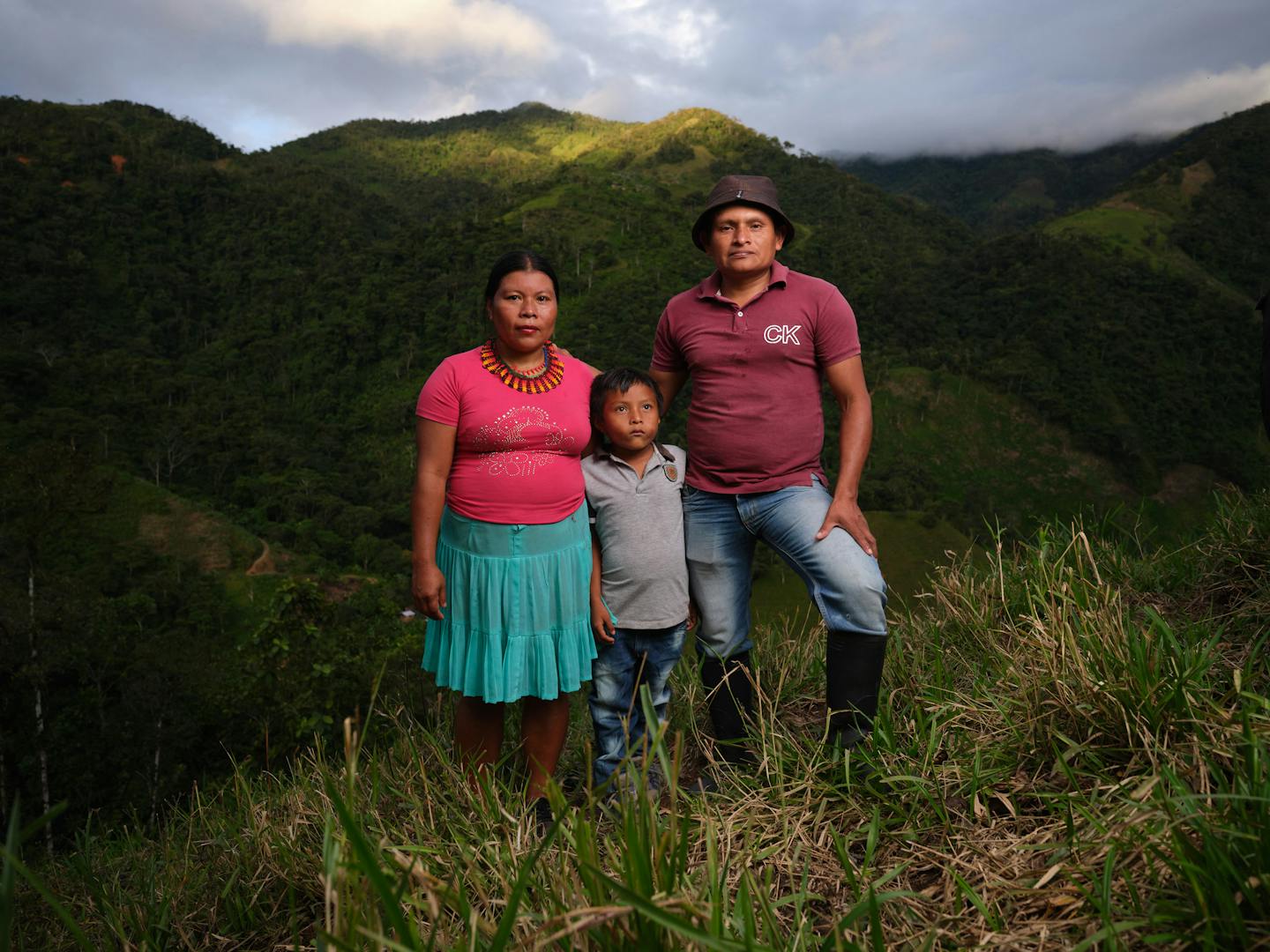
“Colombia has the technologies and expertise to conduct Phase 2 and 3 clinical trials, but we don’t have the knowledge about how to test completely new molecules in Phase 1 trials,” said Cossio. “Before we could start developing new medicines, we had to begin by learning how to do early-phase clinical trials.”
To get this knowledge, Cossio applied for, and won, the World Health Organization’s Research and Training in Tropical Diseases scholarship to specifically learn about conducting early-phase clinical trials. The WHO’s program then matched her with the partnering institution that could best offer her the skills that she sought to learn, which brought Cossio to the Novartis headquarters in Basel, Switzerland.
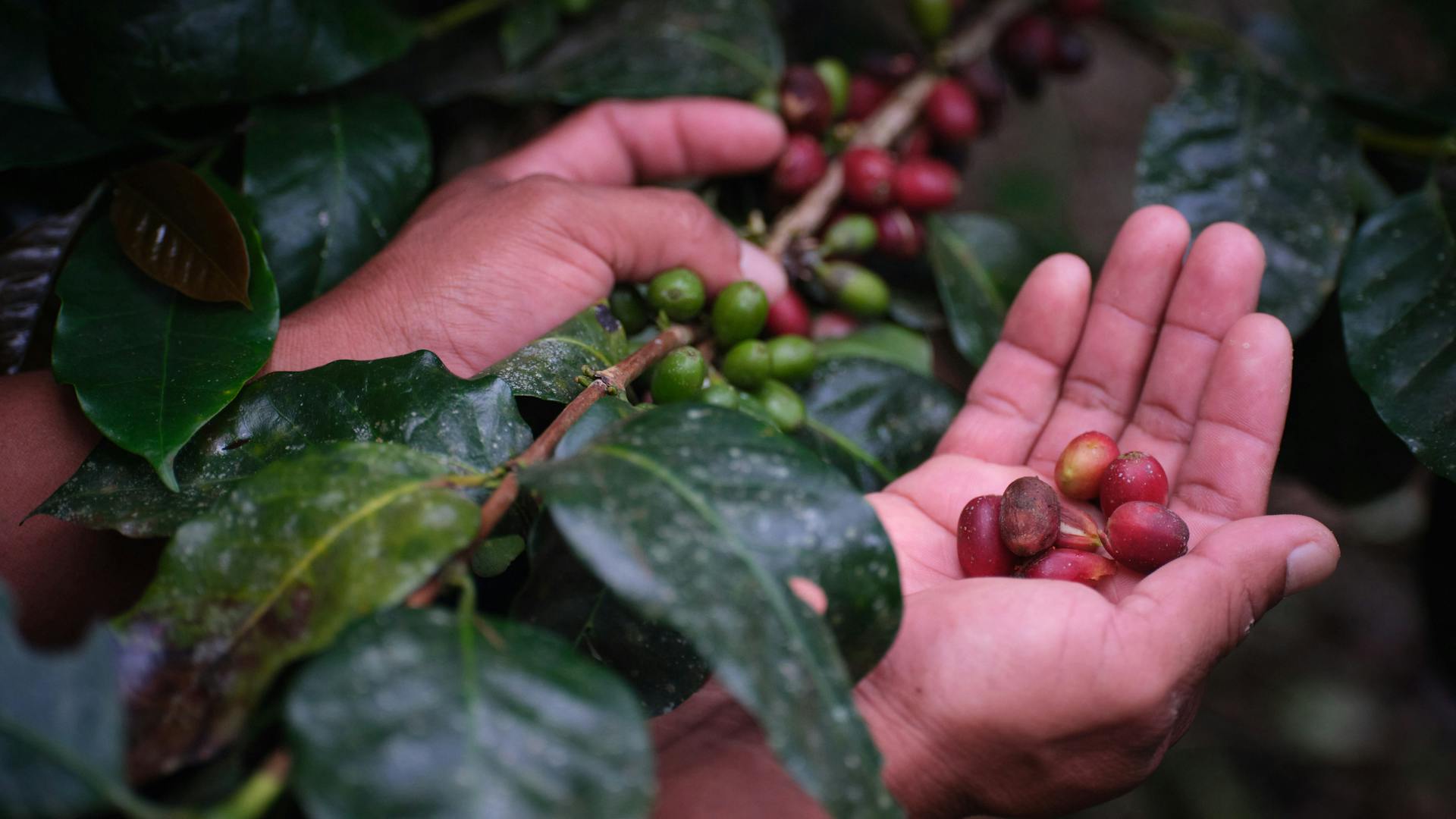
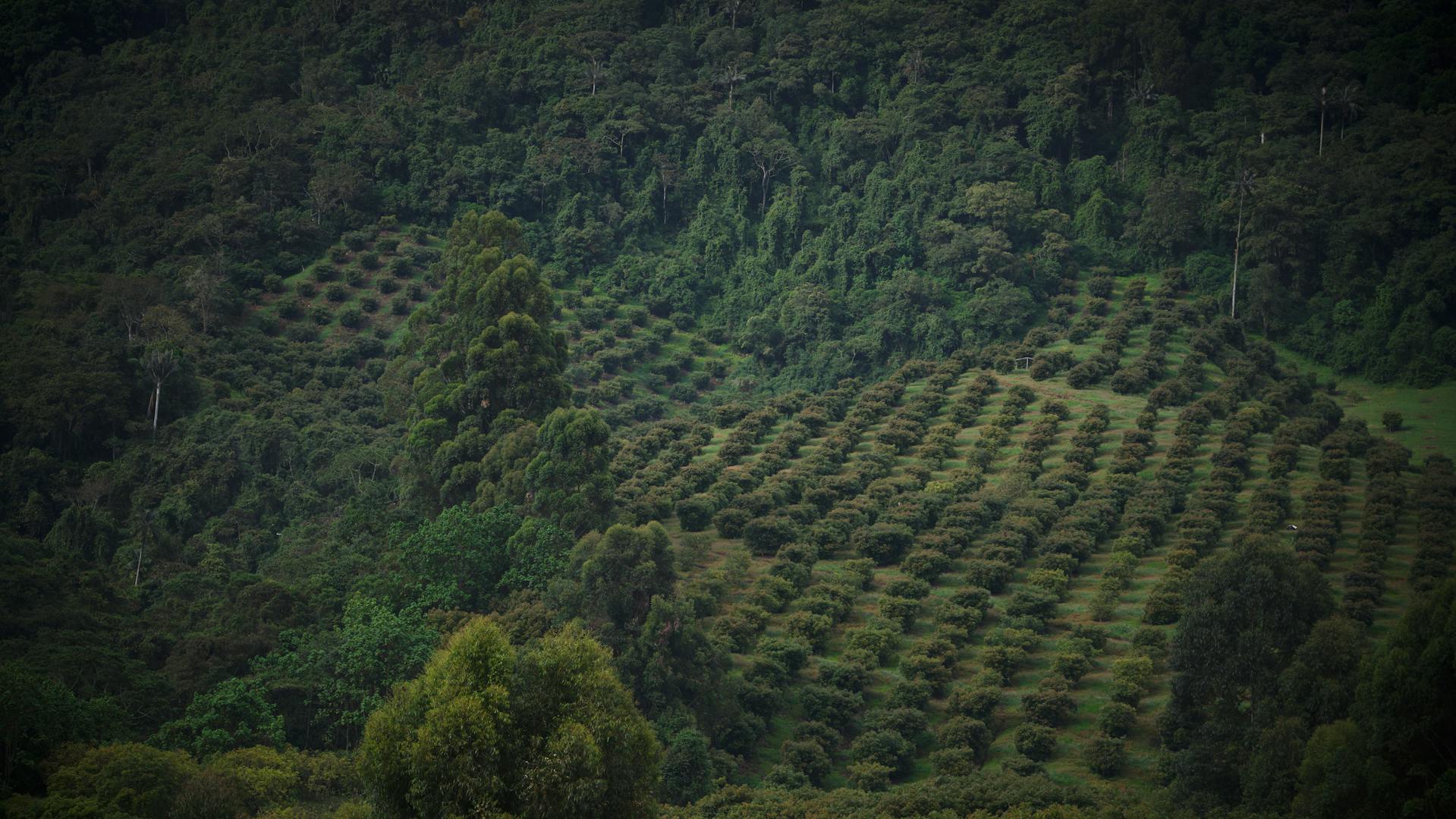
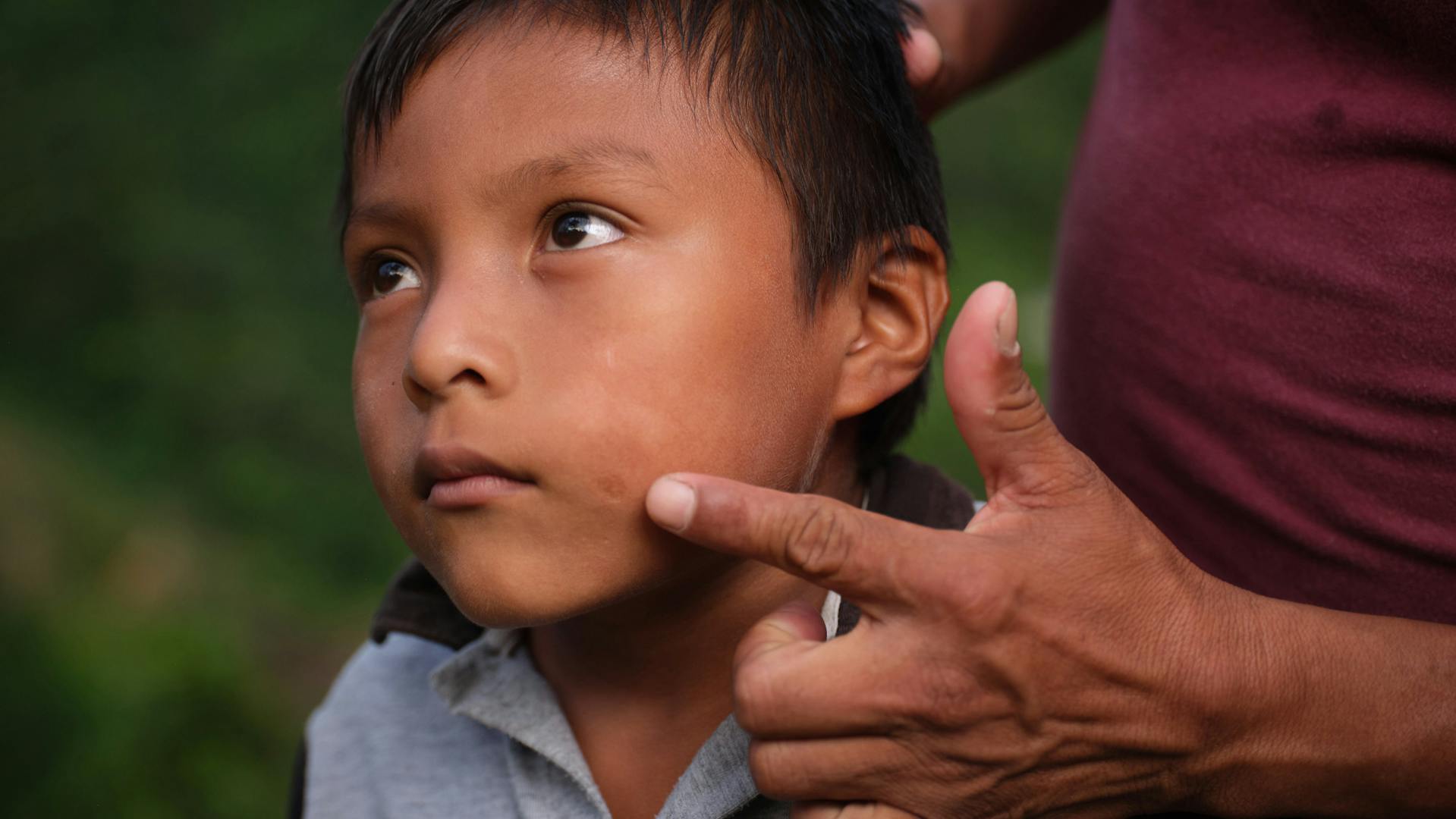
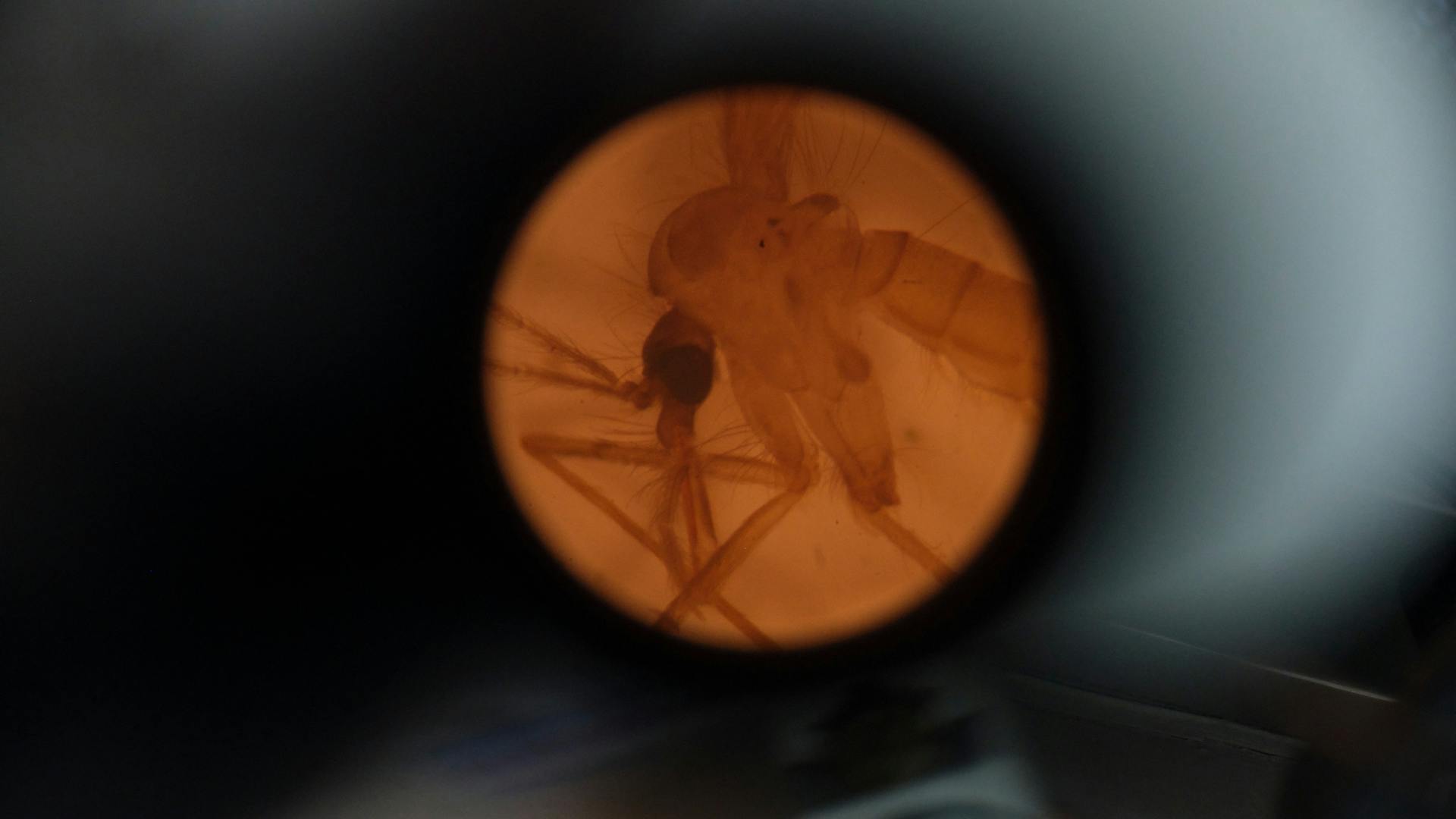
The red coffee beans are weighed with gold in this region of Colombia.
The densely forested Colombian mountains are an optimal home for the sandflies.
Junior recovered from leishmaniasis, which left a permanent scar on his face.
The sandflies transmit the parasites that cause leishmaniasis.
Gathering and sharing know-how
Beginning in 2020, Cossio spent one year integrated into the teams of three early-phase clinical trials at Novartis. Here she learned everything about planning, conducting, and analyzing the early phases of clinical trials, including the standard methods for ensuring safety and finding the right dose.
“Safety testing was one of the most useful lessons,” said Cossio. “Safety is so important in early-phase clinical trials for new medications and there are many different tests that are needed to ensure there are no adverse side effects or toxicities.”
Beyond the practicalities of conducting the trials, the teams also helped Cossio learn about European guidelines and regulations for the development of new medicines. What she learned there was so important that Cossio organized an academic meeting in collaboration with contacts in Argentina (provided by Novartis) when she returned to share these insights in Colombia with the participation of stakeholders such as ethical committees, academia, regulatory agencies, and the National Institute of Health of Colombia.
One focus of this meeting was to discuss how to adapt European guidelines to Latin America, where improvements are needed across regulatory, ethical, and clinical infrastructure. Another theme was discussing how to overcome the many challenges faced in Colombia and elsewhere.
Cossio was also invited to present what she had learned about early-phase clinical research at a symposium organized by the Colombian association Avanzar, a nonprofit that facilitates and provides education about clinical research in the country.
“In addition to all of these insights into conducting clinical trials, another huge benefit of my time at Novartis was the network that they helped me build in Switzerland, South America, and the United States, including the Global Health division of Novartis, where they are also working on leishmaniasis treatments,” said Cossio.
One of the many patients being examined at the hospital.

Collaborations for health
“Alexandra’s extensive experience in the field is a very valuable resource for helping us understand the living conditions and needs of patients,” said Gerhild Angyalosi, who heads the global leishmaniasis clinical development program at Novartis and who is staying in touch with Cossio so that they can benefit from each other’s complementary expertise. “We have also helped Alexandra to connect with contacts at Novartis sites across Latin America to share knowledge about running trials in the region.”
Cossia takes a close look at one of the lesions.
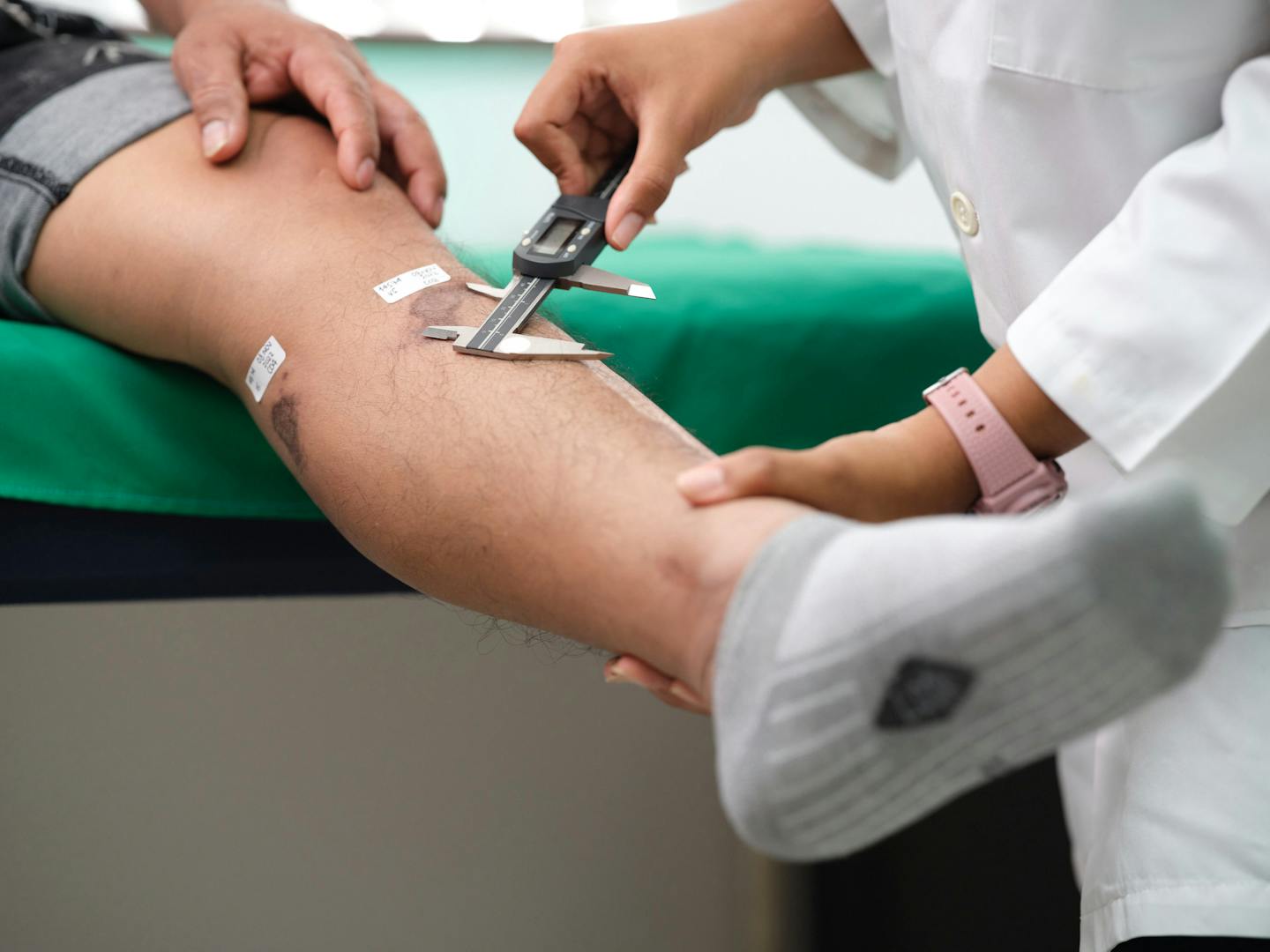
Another one of the most useful connections that Cossio made while in Basel was the Swiss Tropical and Public Health Institute, with which the CIDEIM team is collaborating to acquire the funding for their new leishmaniasis clinical trial proposal. If this first proposal isn’t successful, Cossio and her collaborators will keep trying to find a sponsor until they can move forward with their drug candidate.
“It is so important to find new, improved treatments that take into account the needs and realities of patients and to perform these trials where the diseases are endemic,” said Cossio. “At places like CIDEIM, we know the patients and the context of how they’re living and it’s only by working together – research centers, academia, pharmaceutical companies – that we can make progress on improving the treatment of neglected diseases.”







